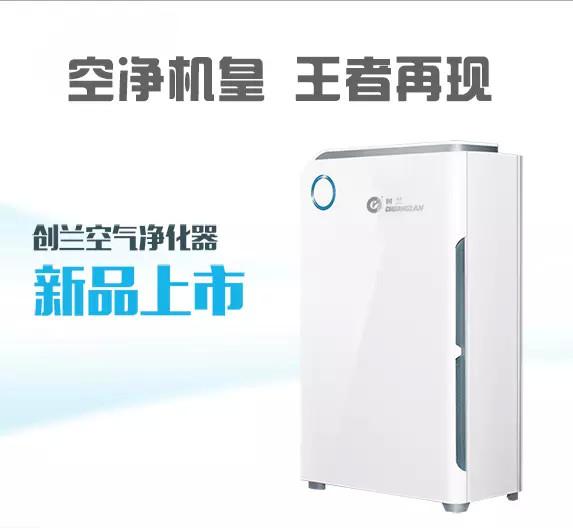
The emissions of one ship are equivalent to 210,000 trucks
Ships become the third largest source of air pollution in my country
The reporter learned from a recent investigation in the Pearl River Delta that my country’s port shipping fuel standards are currently low, and ships mainly use heavy oil or low-quality diesel. The average daily emissions of a ship with a fuel sulfur content of 3.5% is equivalent to the pollution caused by 210,000 trucks. , Bringing dozens of carcinogenic chemical pollutants; some local efforts in ship pollution control are also facing multiple dilemmas such as "difficult to implement" advocacy measures and "no hands" in environmental law enforcement.
The interviewed experts said that with the continuous deepening of my country's smog "tacky battle", shipping pollution has become the third largest source of air pollution after motor vehicle exhaust pollution and industrial enterprise emissions. The regional joint prevention and control mechanism is urgently to be established, while referring to international standards Formulate mandatory standards for marine fuel oil to control the spread of port waste gas pollution in a timely manner.
Shipping pollution has become a "blind spot" for air pollution prevention and control in my country
According to Lu Xuyang, deputy director of the Atmospheric Office of Shenzhen Municipal Commission of Human Settlements, the Shenzhen Air Pollution Source Emission List shows that shipping pollution has become the focus of air pollution control. Calculations from the Shenzhen Institute of Environmental Sciences show that a medium-to-large container ship with a fuel sulphur content of 3.5%, sailing for 24 hours with a load of 70% of the maximum power, emits PM2.5 a day equivalent to 210,000 national quadruple vehicles truck.
Statistics from the Shenzhen Maritime Department confirm this. In 2012, ocean-going ships entering and leaving Shenzhen Port emitted approximately 16,000 tons of sulfur dioxide each year, accounting for 65.8% of Shenzhen's total emissions, making it the city's largest source of sulfur dioxide emissions.
This urgent situation is not limited to Shenzhen. According to data from the Hong Kong Environmental Protection Agency, in 2012, the share of sulfur dioxide and nitrogen oxide emissions from ships reached 50% and 32% respectively; statistics from the Motor Vehicle Emission Monitoring Center of the Ministry of Environmental Protection of my country showed that in 2013, ships berthing at Chinese ports shared emissions Sulfur dioxide and nitrogen oxide emissions account for approximately 8.4% and 11.3% of the total national emissions.
However, improving oil quality can slow emissions and reduce the impact on air quality. Since July of this year, Hong Kong has mandated that moored vessels use low-sulfur marine fuel with a sulfur content of no more than 0.5%. Otherwise, the person responsible may be fined up to 200,000 yuan and imprisoned for 6 months. This is expected to reduce local fuel consumption by 12%. Emissions of sulfur dioxide and 6% of respirable suspended particles. At present, the world has established four sulfur emission control zones in the Baltic Sea, North America, North Sea, and Caribbean Sea. In these areas, port ships are forced to use clean fuels with a sulfur content of no more than 0.1%.
In contrast, among the world’s top ten ports, my country’s inland ports occupies eight seats, but the average sulfur content of ship fuel is as high as 2.8%-3.5%, and some are as high as 4.5%, and most of them have not carried out effective exhaust gas treatment, causing air hazards. Can not be ignored. Zhou Yongzhang, director of the Earth Environment and Earth Resources Research Center of Sun Yat-Sen University, said that the production and diffusion of nitrogen sulfide when ships enter the port is considered to be one of the important factors that cause acid rain in the Pearl River Delta, but air monitoring stations are mainly located in cities, and the port has been in environmental monitoring for a long time. "Blind Spot".